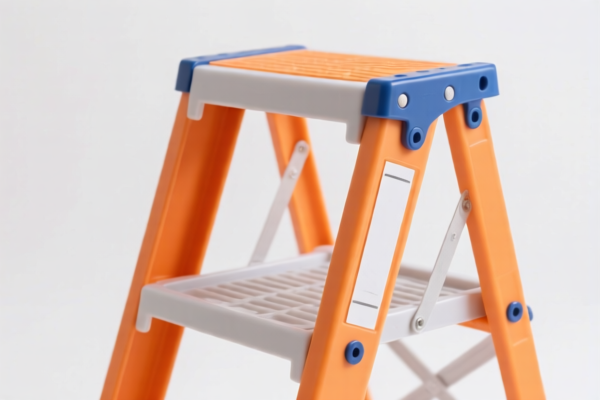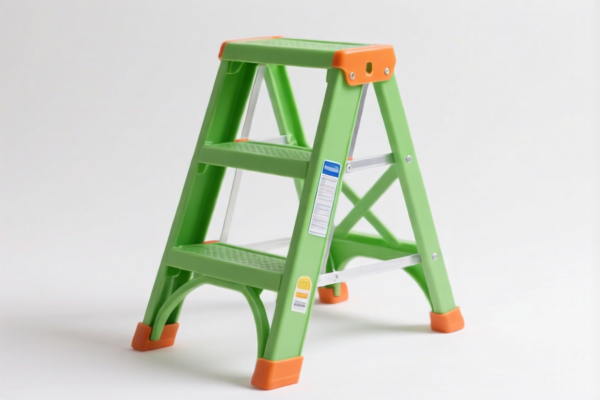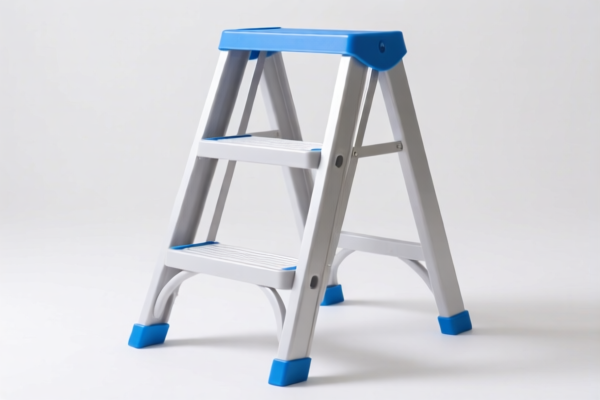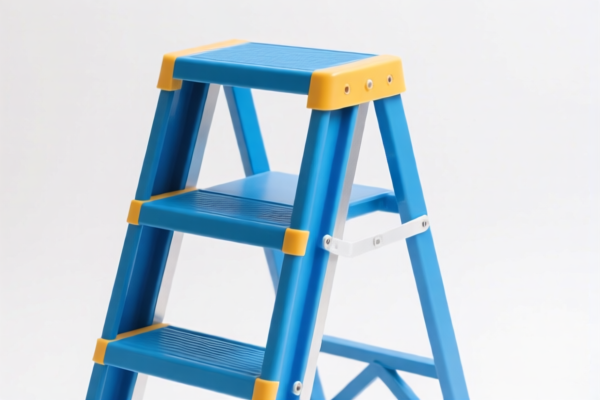| HS Code | Official Doc | Tariff Rate | Origin | Destination | Effective Date |
|---|---|---|---|---|---|
| 9208100000 | Doc | 33.2% | CN | US | 2025-05-12 |
| 9208900040 | Doc | 42.8% | CN | US | 2025-05-12 |
| 9507908000 | Doc | 39.0% | CN | US | 2025-05-12 |
| 9209996100 | Doc | 37.5% | CN | US | 2025-05-12 |
| 9209300000 | Doc | 37.5% | CN | US | 2025-05-12 |
| 8801000050 | Doc | 37.5% | CN | US | 2025-05-12 |
| 8807909060 | Doc | 55.0% | CN | US | 2025-05-12 |
| 8807903000 | Doc | 55.0% | CN | US | 2025-05-12 |
| 8806990000 | Doc | 55.0% | CN | US | 2025-05-12 |
| 8806290000 | Doc | 55.0% | CN | US | 2025-05-12 |




Tooth Piano
A tooth piano (also known as a dental musical instrument) is a novel musical instrument created by attaching electronic contacts to teeth and using the mouth as a resonant cavity to produce sound.
Material: Typically utilizes electronic components including: * Electrodes/Contacts: Conductive materials (often metal) that adhere to the teeth. * Microcontroller: Processes signals from the teeth. * Sound Module/Synthesizer: Generates audio based on input. * Power Source: Battery or external connection. * Wiring/Connections: To link components. * Resin/Adhesive: For attaching contacts to teeth (dental-safe materials are crucial).
Purpose: * Musical Expression: Creating music through oral manipulation. * Artistic Installation: Often used in performance art and interactive exhibits. * Research: Exploring bio-sonification and human-computer interaction. * Accessibility: Providing a unique musical interface for individuals with limited physical mobility.
Function: The instrument functions by detecting changes in electrical resistance as teeth come into contact with the tongue, cheeks, or each other. These changes are interpreted by a microcontroller as musical notes or commands. The mouth cavity acts as a resonator, amplifying and modifying the generated sound.
Usage Scenarios: * Live Performances: Artists use tooth pianos to create experimental music. * Interactive Art Installations: Audiences can create sounds by interacting with the instrument. * Therapeutic Applications: Exploring the use of sound for relaxation or biofeedback. * Research Laboratories: Studying human-computer interaction and bio-sonification.
Common Types/Variations: * Single-Tooth Piano: Uses a single tooth as the primary input. * Multi-Tooth Piano: Employs multiple teeth for a wider range of notes and control. * Gesture-Controlled Piano: Combines tooth input with other sensors (e.g., head movements) for more complex control. * Software-Based Piano: Integrates tooth input with digital audio workstations (DAWs) for advanced sound manipulation. * DIY Kits: Available for hobbyists and researchers to build their own tooth pianos.
Based on the provided information, a “tooth piano” falls under the category of musical instruments. Here’s a breakdown of relevant HS codes:
- 9208.10.0000: This HS code covers music boxes, fairground organs, mechanical street organs, mechanical singing birds, musical saws and other musical instruments not falling within any other heading of this chapter; decoy calls of all kinds; whistles, call horns and other mouth-blown sound signaling instruments: Music boxes. A tooth piano, being a mechanical musical instrument, potentially falls under this code. The total tax rate is 33.2% (basic tariff 3.2%, additional tariff 0.0%, additional tariff 30.0% after April 2, 2025).
- 9208.90.0040: This HS code covers Music boxes, fairground organs, mechanical street organs, mechanical singing birds, musical saws and other musical instruments not falling within any other heading of this chapter; decoy calls of all kinds; whistles, call horns and other mouth-blown sound signaling instruments: Other Musical instruments. If the tooth piano doesn’t specifically fit the definition of a music box, it may be classified here. The total tax rate is 42.8% (basic tariff 5.3%, additional tariff 7.5%, additional tariff 30.0% after April 2, 2025).
According to the provided reference material, the HS code options related to 'tooth piano' are limited, with only the following 2 found.
It is important to determine whether the tooth piano functions as a traditional music box or falls into the broader category of "other musical instruments" for accurate classification.
Customer Reviews
No reviews yet.